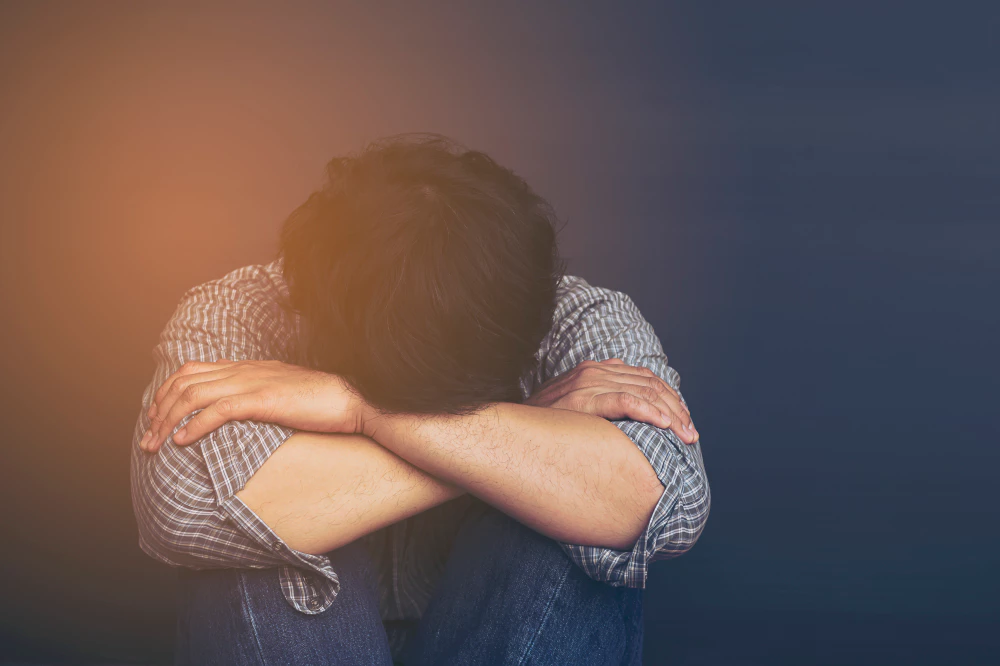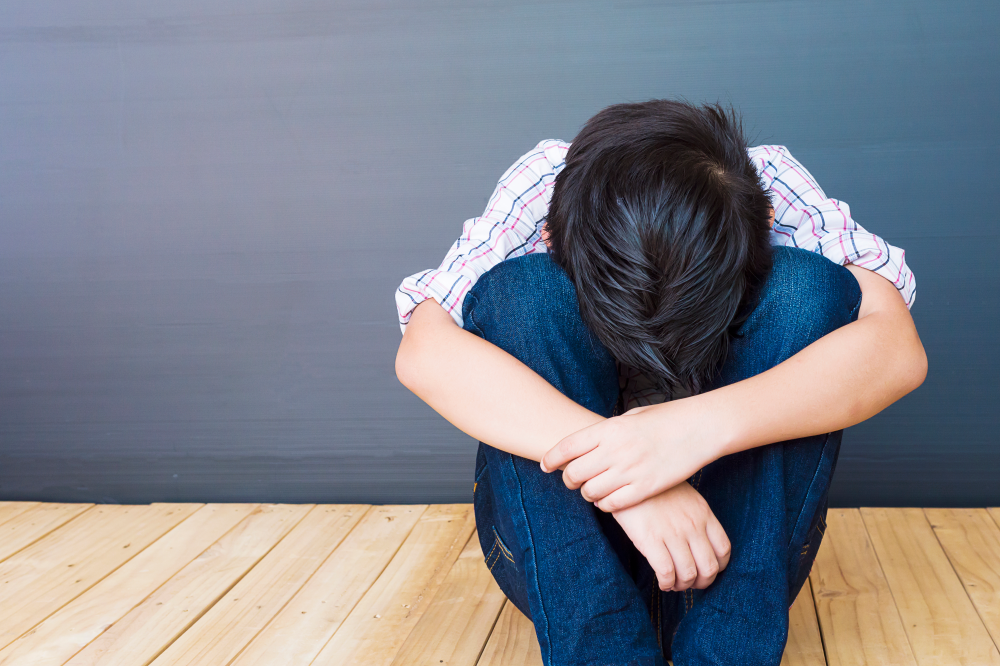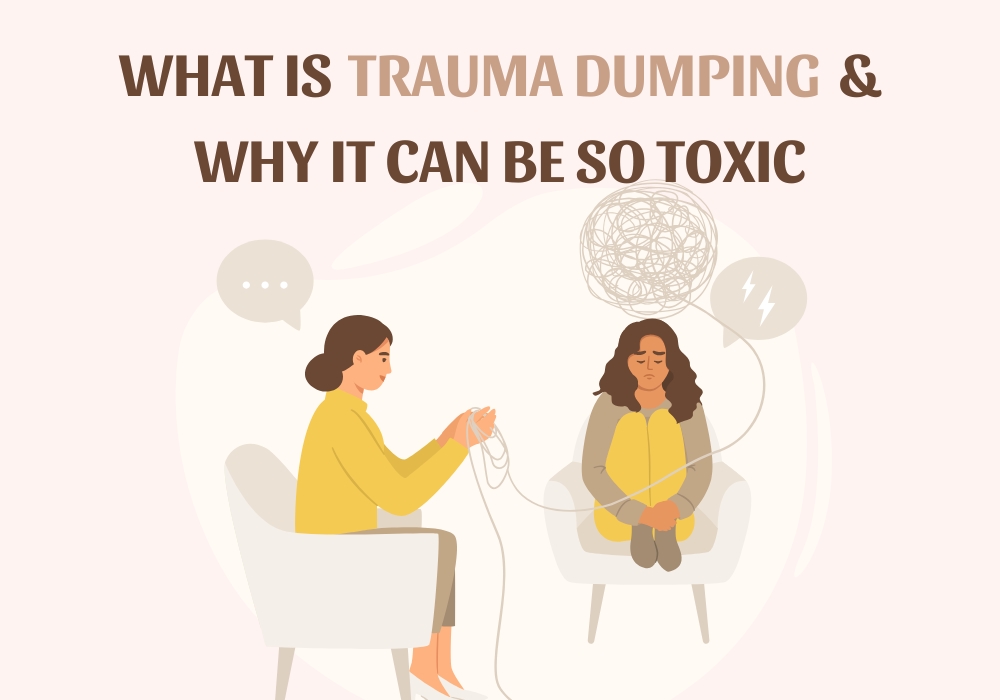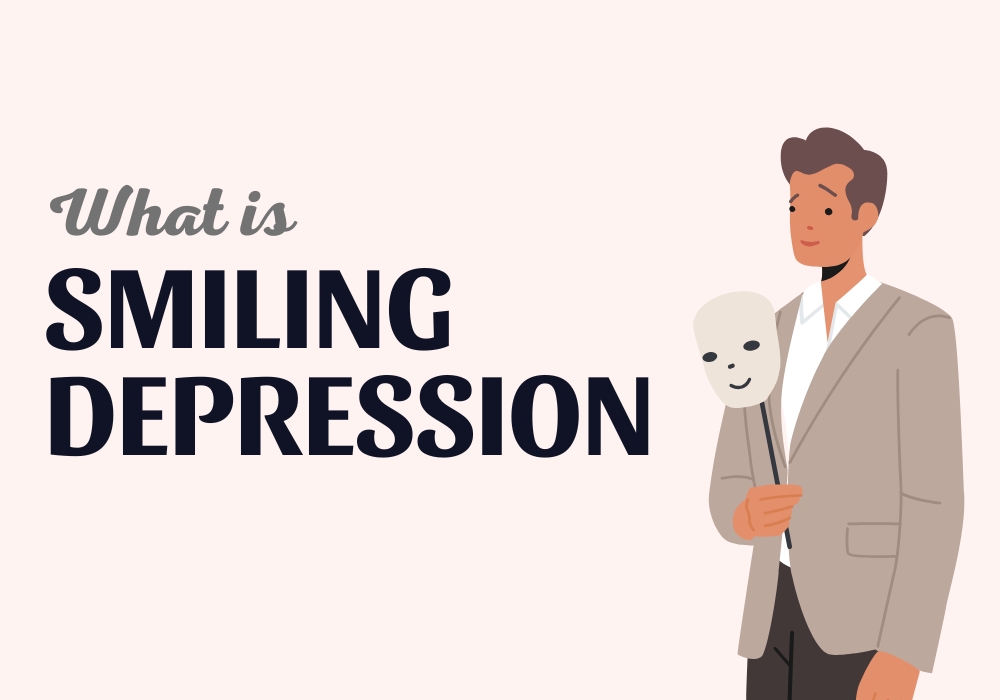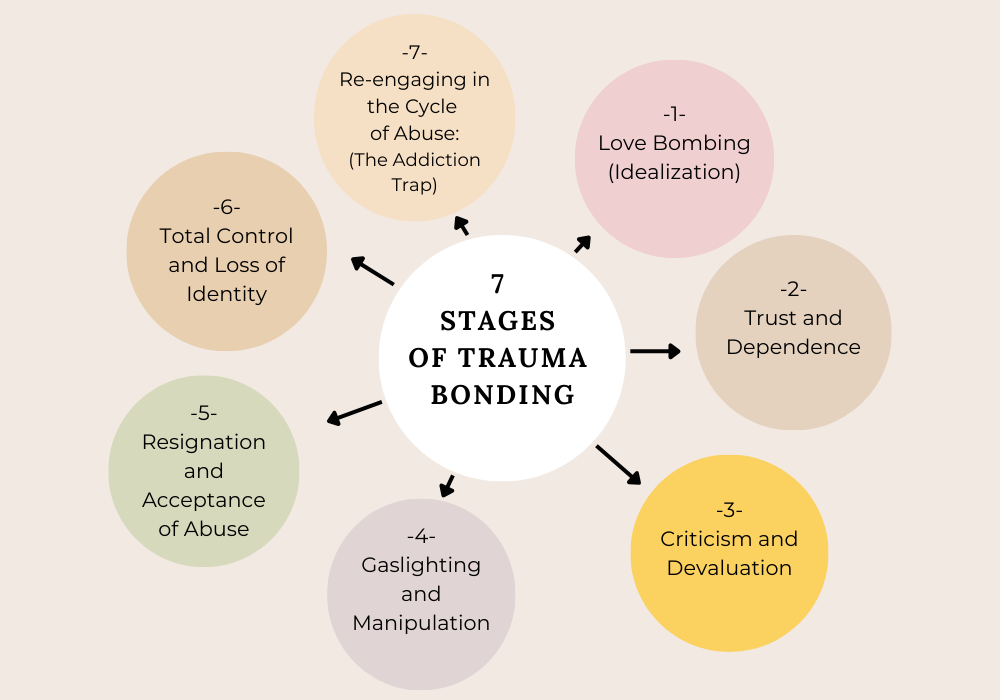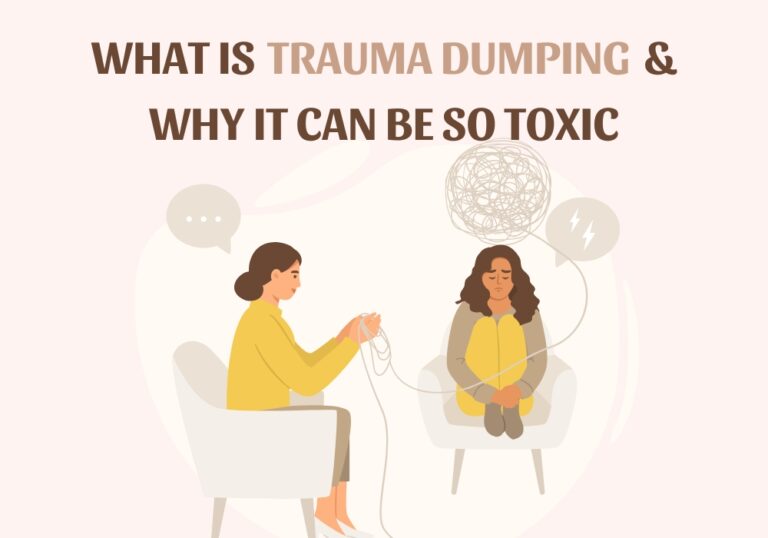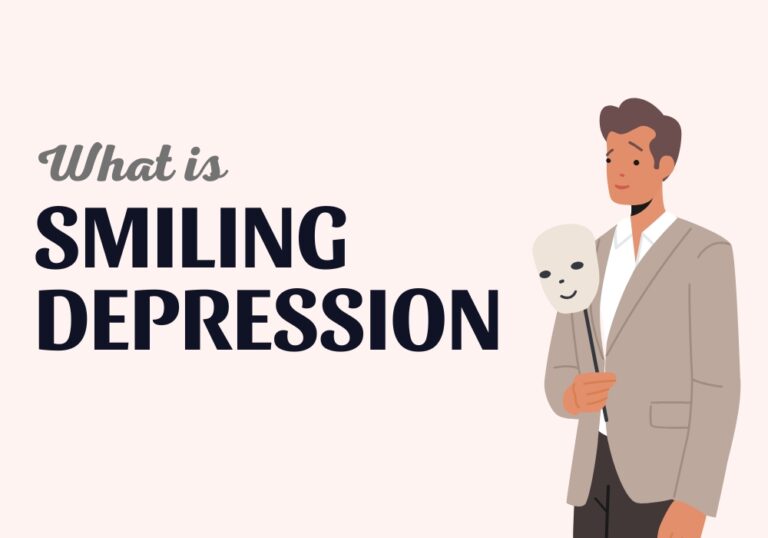What is Depression ?
Depression is a state of sadness or low mood that can be felt by nearly everyone at some point in their life. It is not a disease, a syndrome or a condition, but rather a brain malfunction.
When you are depressed, your brain is not sending enough chemical messengers, called neurotransmitters, to certain parts of the brain involved in the regulation of mood and emotions. This causes a feeling of sadness and detachment, sometimes leading to a lack of motivation and a lack of interest in previously enjoyed activities and foods.
No matter how hopeless you feel, you may get better.
By knowing the reasons and identifying the different signs, symptoms and types of depression, you can take the first steps to feeling better and overcoming the problem.
Depression symptoms :
It’s essential to not forget that all of us experience a number of those signs and symptoms from time to time, and it could not always mean you are depressed. Equally, not every person who’s experiencing despair could have all of those signs and symptoms.
Depression can have an effect on your emotions, thoughts and body.
Signs and symptoms of depression include:
- losing interest or amusement in activities you used to enjoy.
- Sleep disturbances, excessive sleep or such as insomnia .
- Feeling hopeless, worthless and pessimistic.
- Difficulty concentrating, remembering, or making decisions.
- Feeling bothered, annoyed, or angry.
- Crying a lot Slowing of thought, speech, or body movement.
- Anxiety, restlessness.
- Feelings of guilt or worthlessness , fixating on past failures or self-blame.
- Angry outbursts, irritability or frustration, even over small matters.
- fatigue or lack of energy.
- Appetite or weight changes.
- Chronic physical pain without a clear reason that doesn’t get better with treatment (headaches, aches or pains, digestive problems, cramps)
- Being easily angry or frustrated.
Types Of Depression :
There are many different types of depression:
1- Major Depressive Disorder:
Major depression is a common and recurring illness. According to a 2017 study, around 17.3 million adults in the United States have experienced at least one major depressive episode.This is sometimes called major depressive disorder, clinical depression, unipolar depression, or simply “depression.”It involves depressed mood or loss of interest and pleasure in usual activities, along with other symptoms. Symptoms appear most days and last at least two weeks. The symptoms of depression affect all areas of a person’s life, including work and social relationships.
2-Persistent Depressive Disorder (PDD):
Dysthymia, now known as persistent depressive disorder, refers to a type of chronic depression that lasts for several days for at least two years. It can be easy, medium or difficult. People can experience brief periods when they don’t feel depressed, but this symptom relief lasts two months or less. Although the symptoms are not as severe as those of major depression, they are pervasive and long-lasting.
According to the National Institute of Mental Health, 1.5% of adults in the United States experienced an ongoing depressive disorder in the past year. The disorder affects more women 1.9% compared to men 1%, with researchers estimating that about 1.3% of all U.S Adults will have the disorder at some point in their lives.
3-Bipolar disorder:
Bipolar disorder is a mood disorder characterized by periods of abnormal mood called mania. These periods can be mild (hypomania) or so extreme that they cause a marked deterioration in a person’s life, requiring hospitalization or impairing a person’s senses. The vast majority of people with bipolar disorder also have major depressive episodes.In addition to depressed mood and a marked decrease in interest in activities, people with depression often have a variety of physical and emotional symptoms, which may include:
-Unexplained pain and psychomotor agitation .
–Hopelessness and loss of self-esteem.
–Irritability and anxiety .
-Fatigue, insomnia and lethargy .
-Disorganization and Indecisiveness .
-The risk of suicide in bipolar disorder is about 15 times higher than in the general population.
-In more extreme cases, psychosis (including hallucinations and delusions) can also occur.
4-Premenstrual Dysphoric Disorder (PMDD):
Some of the most common symptoms of premenstrual syndrome (PMS) include irritability, fatigue, anxiety, mood swings, bloating, increased appetite, food cravings, breast pain. Premenstrual dysphoric disorder produces similar symptoms, but those related to mood are more pronounced. Symptoms of PMDD may include: Extreme tiredness Feeling sad, hopeless, or self-critical Feeling severely stressed or anxious Mood swings, often with fits of crying Irritability Inability to concentrate Cravings or binge eating .
5-Cyclothymic Disorder:
Cyclothymic disorder is regularly defined as a milder form of bipolar disorder. The person suffers from chronic mood swings for at least two years, including periods of hypomania (mild to moderate mania) and periods of depressive symptoms, with very short periods. Periods (no more than two months) of normality between them. The duration of symptoms is shorter, less severe, and not as regular, and therefore does not meet criteria for bipolar disorder or major depression.
6-Seasonal Affective Disorder (SAD):
SAD is a mood disease that has a seasonal pattern. The cause of the disturbance is not clear, but is believed to be related to the variation in light exposure in different seasons.It is characterized by mood disorders (depressive or manic episodes) that begin and end at a certain time of the year.
The depression that begins in winter and disappears at the end of the season is the most common.It is usually diagnosed after the person has had the same symptoms during the winter season for two years.People with SAD depression are more likely to lack energy, sleep too much, overeat, gain weight, and crave carbohydrates. (SAD) is very rare in Australia and is more likely to be found in countries with shorter days and longer periods of darkness, such as cold climate areas in the northern hemisphere.
7-Atypical Depression:
Atypical depression refers to depression that briefly is going away in response to positive events. Your doctor might describe it as a major depressive disorder with atypical features. Despite its name, atypical depression is not uncommon or rare, that it’s more or less severe than other types of depression.Having atypical depression can be particularly challenging because you don’t always “appear” depressed to others (or to yourself). It can also occur during an episode of major depression or when depression is persistent.
Other symptoms of atypical depression may include: increased appetite and weight gain, eating disorders, poor body image ,sleeping much more than usual ,insomnia , heaviness in arms or legs lasting an hour or more a day , feelings of rejection and sensitivity to criticism, various aches and pains .
8-Psychotic Depression:
Psychotic depression happens when psychotic capabilities including hallucinations and delusions are observed by a major depressive episode.
People with psychotic depression have signs and symptoms of major depression along with “psychotic” symptoms including:
-Hallucinations (seeing or listening to matters that aren’t there).
-Delusions (fake beliefs).
-Paranoia (falsely believing others are seeking to damage you).
-Guilt, worthlessness, and death.

